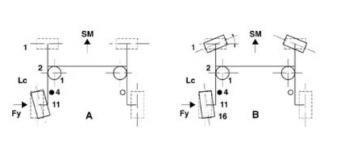mikegreener
New member
Hi,
I own a 2010 Bravo 2 165 diesel and have a knocking at the rear. Loots like the rear axle bushes have worn due to potholes and bad roads here in the North East.
Was wondering if anyone had tackled the job of changing the bushes and how they found it.
Any hints, tips and pics would be helpful before I start.
Thanks in advance.
I own a 2010 Bravo 2 165 diesel and have a knocking at the rear. Loots like the rear axle bushes have worn due to potholes and bad roads here in the North East.
Was wondering if anyone had tackled the job of changing the bushes and how they found it.
Any hints, tips and pics would be helpful before I start.
Thanks in advance.


